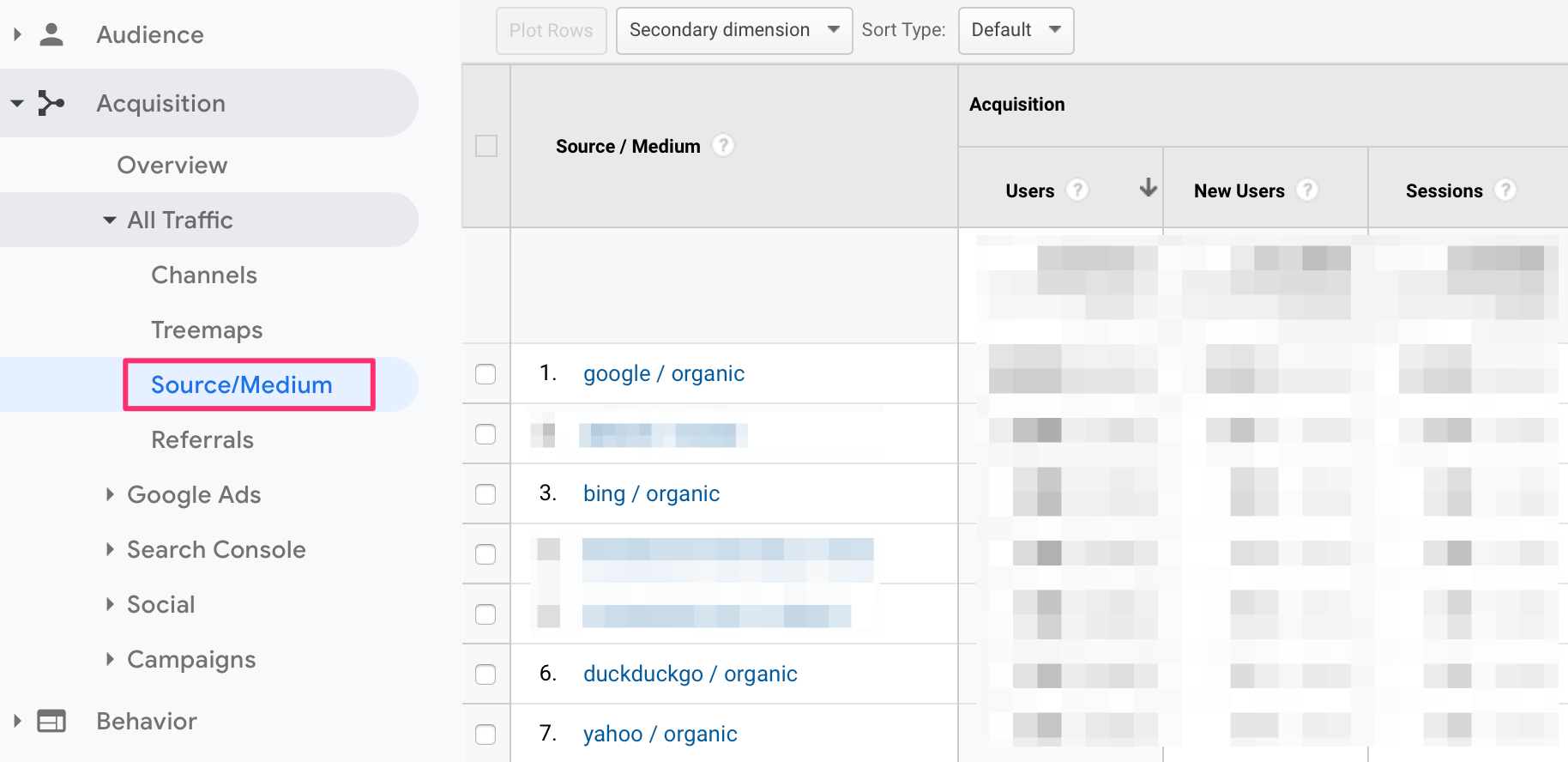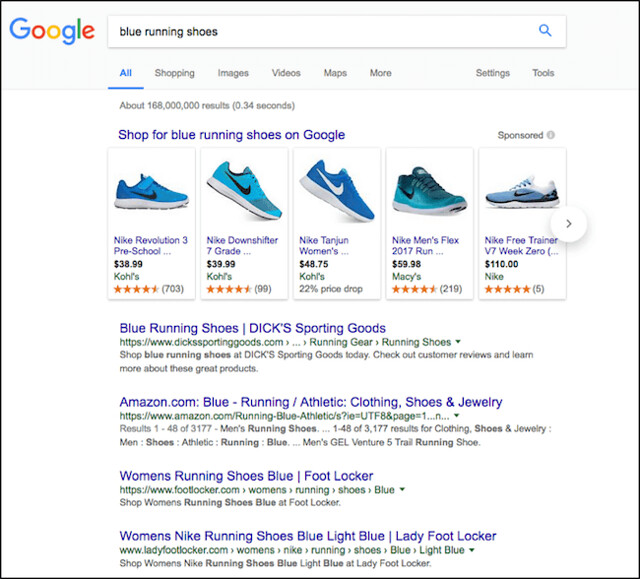My Journey From Beginner to Professional Web Developer: Tips & Tricks for HTML, CSS and JavaScript
How To Become A Professional Web Developer With HTML, CSS and JavaScript
As I began my journey from a complete novice to a professional web developer, I was overwhelmed by the sheer amount of information available on HTML, CSS, and JavaScript. It was difficult to know where to start and what to focus on. Over the years, I’ve learned that having a solid foundation in HTML and CSS is essential, and that JavaScript is a powerful tool to create dynamic, interactive webpages. I've compiled some tips and tricks that I've picked up along the way, which I hope will help you on your journey to becoming a professional web developer. From mastering the basics of HTML and CSS to diving into the depths of JavaScript, I'm here to give you the resources that you need to be successful in the world of web development.

HTML & CSS Foundations
Before delving into advanced techniques and JavaScript, it’s crucial to have a solid foundation in HTML and CSS. A web developer who doesn’t understand the basics will likely produce poor results that are difficult to maintain and scale. When building a website or web application, it’s critical to keep it maintainable and scalable. As websites and applications grow, their complexity can easily get out of hand. A lack of clean, efficient code is often the culprit behind this complexity. To help manage this complexity, web developers use tools like version control, programming languages, and design tools. Essential to all of these tools is a language for expressing the logic and functionality of the website or application. Websites are written in HTML, or Hyper Text Markup Language. HTML lays out the content and structure of an application, while CSS, or Cascading Style Sheets, apply the visual design.
Advanced CSS Techniques
Once you have a solid understanding of the basics, you can begin to explore some advanced CSS techniques that can make your code more efficient. Grouping Selectors - Instead of using a single selector, you can group multiple selectors together and apply the styles to all of them at once. For example, you can group selectors together to apply a certain style to all elements inside a div> tag. Nesting Rules - You can nest rules within a selector to apply more than one rule to that selector. This can be useful for applying styles to a specific part of an article> tag. Using Pseudo-Elements - You can apply styles to elements that don’t actually exist in your HTML code. This can be useful for applying styles to the outside of a header> tag, which may include a h1> tag or other elements.
JavaScript Basics
Now that it’s clear what HTML and CSS do, let’s talk about JavaScript. JavaScript is a programming language that’s used to add interactivity and functionality to webpages. It’s primarily used to create dynamic webpages where data is being sent and received. JavaScript is often used in combination with HTML and CSS. JavaScript provides the functionality to HTML by receiving user input and sending data to a server. There are many ways to write JavaScript code, but one of the most common methods is the end-to-end JavaScript method. This method is used to write all of the code in a single JavaScript file, which is then called by a separate HTML file that also includes any CSS rules that are needed by the JavaScript. This method is best used for small projects and prototypes since the JavaScript code is tied to the HTML file and can make it difficult to reuse code.
JavaScript Libraries & Frameworks
As websites and applications grow in complexity, it’s tempting to throw all of your code into one large JavaScript file. Inevitably, you’ll end up with messy, unorganized code that’s difficult to maintain. To avoid this, you can use a JavaScript library. JavaScript libraries provide ready-to-use functionality that you can include in your code. They typically come as single file that contains the library source code and any necessary CSS rules. Depending on your project, you may want to use a specific library or one of many popular frameworks such as React, Vue, or Angular. Depending on the project, a JavaScript framework might be the best way to go. A framework is a set of code and tools that are used to build web applications. It contains a style guide that outlines recommended practices, tools that can be used, and conventions that should be followed by developers. These conventions help teams stay consistent and make it easier to read and understand each other’s code.
Debugging & Troubleshooting
As you become more and more proficient with JavaScript, the likelihood of introducing bugs and errors into your code will increase. Unfortunately, modern browsers don’t provide an easy way to find these issues. Fortunately, there are a number of tools and techniques that can be used to solve these issues. Debugging - Debugging is the process of finding and fixing issues in your code.
There are a variety of tools and techniques that can be used for debugging, including console logging, breakpoints, and code inspection. Sourcemaps - Sourcemaps enable you to use code-maps and debugging tools for modern JavaScript code. Without sourcemaps, errors will show up as: Uncaught SyntaxError: Unexpected token (END) Profiling - Profiling is the process of finding and analyzing bottlenecks in your code. There are a few tools that can be used to profile JavaScript, including the Google Chrome DevTools Profiler and the Microsoft Code Profiler.

Accessibility & SEO
When building a website or web application, it’s important to keep in mind accessibility and SEO25. Accessibility and SEO are two different things, but they’re both important for the longevity of a website. Accessibility is the ability of a website or application to be used by all types of users, regardless of their abilities. There are many things that can be done to make your website accessible to a wide audience, including: Using semantic HTML tags, such as h1> tags for the main title, p> tags for paragraphs, and ul> tags for unordered lists. Using img> tags correctly to provide a text alternative and alt attribute. Using ARIA attributes to provide information about the purpose of buttons and links. Keeping page content concise, clear, and concise.
Going Beyond the Basics
Now that you’ve gotten a basic understanding of HTML, CSS, and JavaScript, and mastered some advanced techniques, it’s time to start diving deeper into these topics and getting a full understanding of them. Once you feel comfortable and competent with these topics, it’s important to keep up with the latest trends and technologies in the industry. New technologies and techniques are being developed every day, and it’s important to stay up to date with these. It’s best to do this by reading blog posts, watching videos, and attending conferences and meetups. Follow other developers on social media and subscribe to their RSS feeds and newsletters. Browser plugins like Feedly, Slack, and others make this process easier by bringing these sources to you. These will allow you to receive notifications when new posts are published, as well as mark articles you’d like to read later.
Keeping Current with Web Development
As you grow and evolve as a web developer, you’ll come across new languages, frameworks, and tools. It’s important to stay up to date with these new technologies, especially if you want to be successful. To do this, you’ll first need to understand what these new technologies are and what they do. Then, you’ll need to decide whether or not you want to learn these new technologies. If you do, you’ll need to find the resources and time for self-directed learning. You can also take classes and tutorials, or find a mentor.
コメント
プロフィール
Digital Marketing Expert with 5 Years of Web Development Experience Joins the Industry Intro:
A web developer with 5 years of experience in HTML, CSS and JavaScript has announced their entry into the digital marketing industry. This web developer has already had success with web design and AR projects, and have since moved on to creating enterprise level applications for clients.
With an extensive understanding of HTML, CSS and JavaScript, this web developer is now ready to bring their skillset to the digital marketing space. Their expertise will be invaluable in helping businesses create engaging websites and apps that drive customer engagement.
